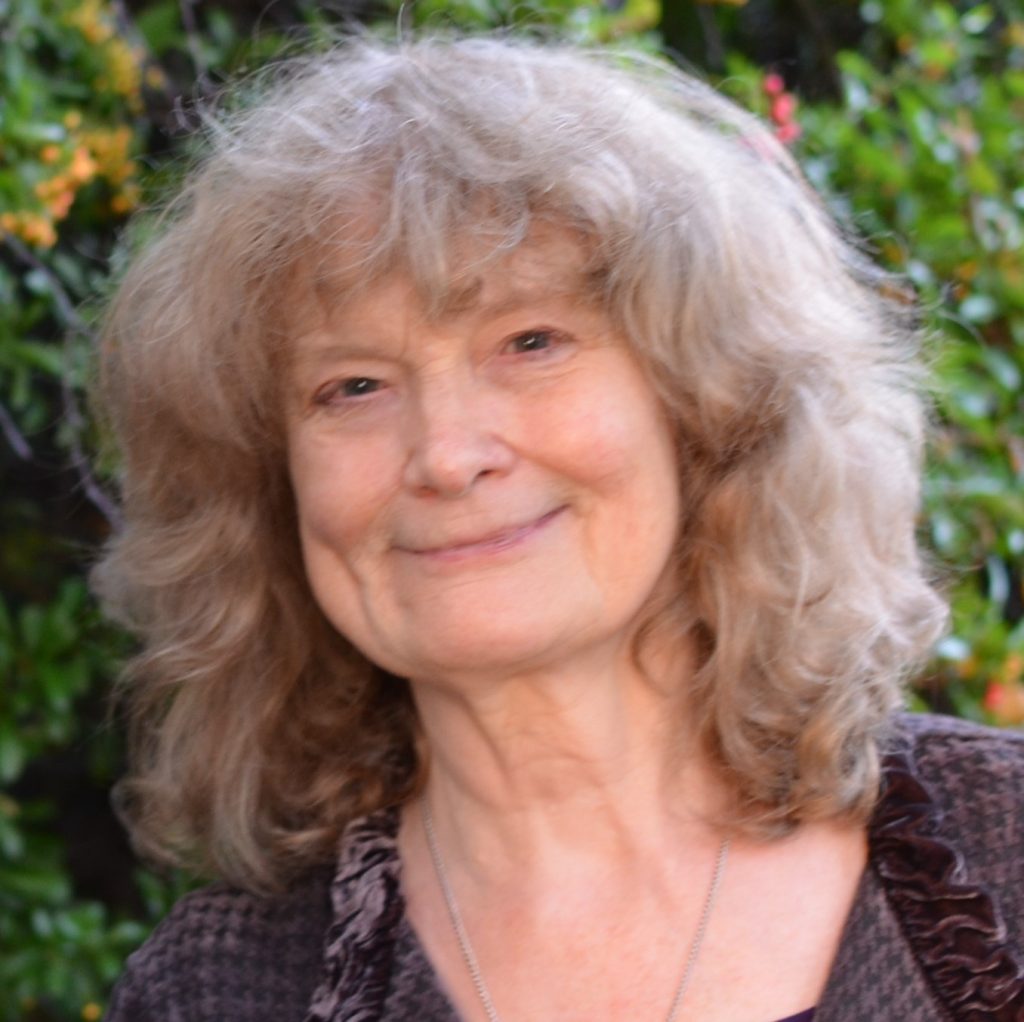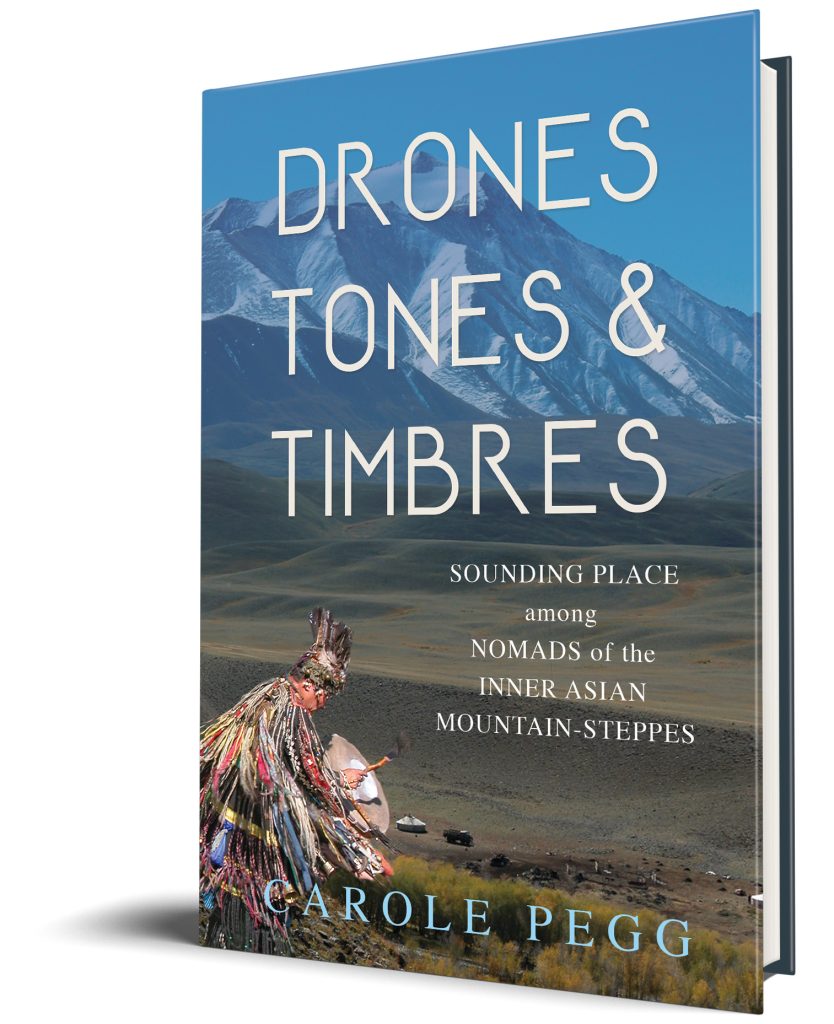Carole Pegg, author of Drones, Tones, and Timbres: Sounding Place among Nomads of the Inner Asian Mountain-Steppes, answers questions on her new book.
Q: Why did you decide to write this book?
During fieldwork (1980s to mid-1990s) with Indigenous peoples of Mongolian Altai, I became intrigued by the relation of traditional musics — particularly “overtone-singing” or “throat-singing” and heroic epics — to spiritual entities in earthly and cosmic landscapes. That project, which tracked the reclamation of traditional music and diverse identities over the cusp of the fall of communism, included those aspects but were not its focus. I was aware of “overtone-singing” and epic performance in the Altai, Khakassia and Tyva republics and was curious about cross-border soundscapes but my attempts to travel to those republics in Russian Altai were thwarted by armed border guards. The seeds of my next project (this book) were sown at that moment.
Q: What is the most interesting discovery you made while researching and writing your book?
The presence of Indigenous ontologies that link music to nomadic identities, landscape, ecology, and to spirit and human actors and communities in society, the world, and the universe. I call these interrelational complexes “ontological musicality,” part of the broader field of flexible interrelations, “ontological sonicality.” The book’s theoretical structure follows the Indigenous musical model of drone-overtone or drone-partials music in which multiple sounds or voices emerge from a foundational drone and then return to it. The book’s drone comprises ontological musicality and sonicality, the separate voices of which emerge in each chapter, then return to it.
Q: What myths do you hope your book will dispel or what do you hope your book will help readers unlearn?
That those from other societies and cultures can capture the power of drone-partials music by simply learning its complex vocal and instrumental techniques and styles. And that spiritual complexes such as animism and shamanism shouldn’t be derided as ancient relics, or New Age or postmodern dilettantism but offer real insights for better ways of treating a planet in ecological crisis.
Q: Which part of the publishing process did you find the most interesting?
Feedback from reviewers, as well as collaboration with editors, and the digital art and website departments. I valued those interactions.
Q: What is your advice to scholars/authors who want to take on a similar project?
Be aware that it is a lengthy process. For anthropologists and ethnomusicologists, understanding and giving value to Indigenous perspectives and practices is important and only achievable by immersive fieldwork and ethnography. Also, find ways to collaborate with and ‘give back’ to those who share their lives and experiences with you in the field.
Q: What do you like to read/watch/or listen to for fun?
My fun activities are singing while simultaneously fiddling, and writing songs that I perform. There are recordings from my early days with the English folk-rock band Mr Fox, my solo singer-songwriter period as Carolanne Pegg and, more recently, a collaborative CD with Tyvan master “throat-singer” and musician, Radik Tülüsh.

Carole Pegg is an anthropologist, ethnomusicologist, and senior researcher at the University of Cambridge. She is the author of Mongolian Music, Dance, and Oral Narrative: Performing Diverse Identities.

